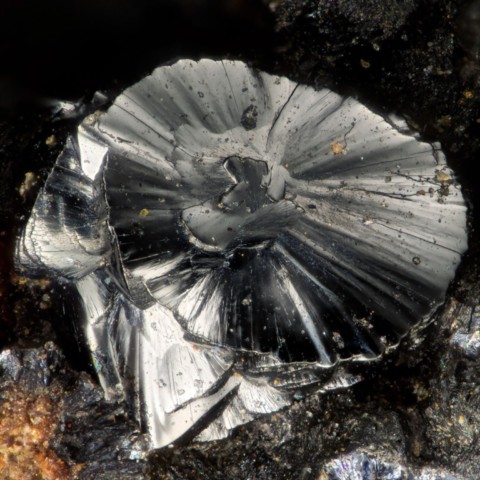HETAEROLITE
Class : Oxides and hydroxides
Subclass : Oxides
Crystal system : Tetragonal
Chemistry : ZnMn2O4
Rarity : Rare
Hetaerolite (or heterolite) is a rare secondary oxide from manganese and zinc deposits. It is formed at the expense of primary oxides (franklinite, pyrolusite, etc...) and is often associated with chalcophanite. Its name comes from the Greek hetairos (companion), because it is found in association with chalcophanite. Hetaerolite can form pyramidal crystals of 1 cm but usually occurs in botryoidal masses and black fibrous stalactitic aggregates.
Main photo : Hetaerolite from Carnahan Mine, New-Mexico, USA © Michael C. Michayluk
Hetaerolite in the World
Twinning
No twin known for this mineral species.
Fakes and treatments
No fakes recorded for this mineral species.
Hardness : 6
Density : 5.18
Fracture : Irregular
Streak : Black
TP : Opaque
RI : 2.140 to 2.340
Birefringence : 0.200
Optical character : Uniaxial -
Pleochroism : None
Fluorescence : None
Solubility : -
Magnetism : NoneRadioactivity : None





